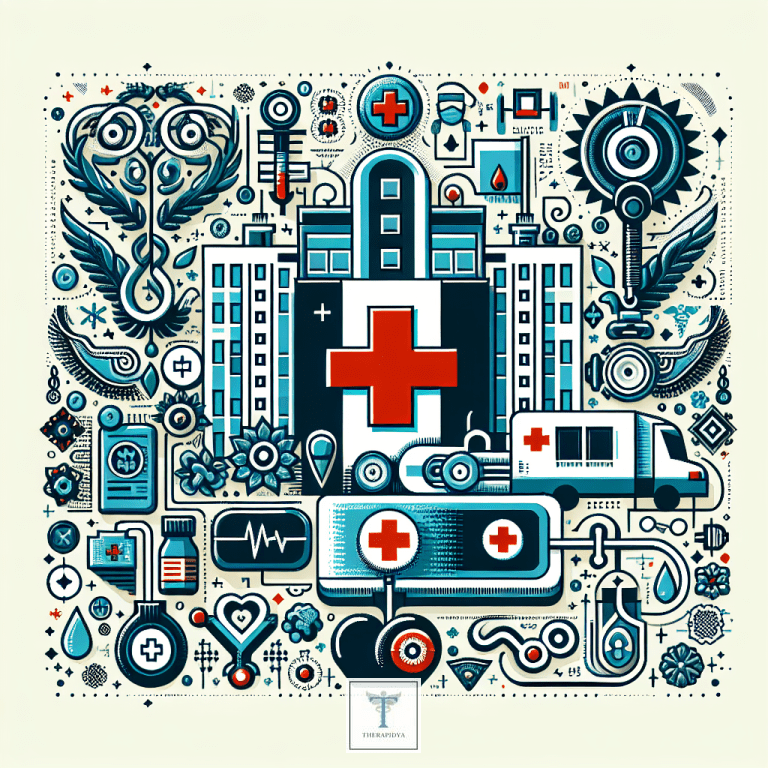Everything About Krabbe Disease .. 2023
Have you ever heard of Krabbe disease, a nervous system disorder? This article contains all of the information you need to know about Krabbe disease.

Krabbe Disease Definition
Krabbe disease, also known as globoid cell leukodystrophy or krabbe leukodystrophy, is a severe neurological disorder.
It is one of a group of disorders caused by myelin loss in the nervous system. Myelin is the protective covering that surrounds nerve cells and allows nerve signals to be transmitted quickly.
Krabbe disease is also distinguished by abnormal brain cells known as spheroids, which are large cells with more than one nucleus.
It is also classified as a fatal genetic disease of the central nervous system, affecting one out of every 100,000 live births worldwide.
Also read: Stages of Development of Chinese Medicine
Symptoms of Krabbe Disease According to Its Types
There are several types of Krabbe disease, each with their own set of symptoms, such as:
Early-Infantile Krabbe Disease ( EIKD )
This is the most serious type of crab disease, affecting newborns, and is frequently misdiagnosed as colic, reflux, milk allergy, or even cerebral palsy.
Extreme irritability, excessive crying, stiffness, decreased motor skills, difficulty feeding, weight loss, seizures, rapid involuntary eye movement, muscle spasms in the arms and legs, and an arched back are some of the symptoms.
Infantile Krabbe Disease
Symptoms of late infantile krabbe disease appear in children between the ages of six months and three years. Infected individuals exhibit the same symptoms as newborns.
Krabbe Disease in Adults
When krabbe syndrome develops in adulthood, the signs and symptoms can be quite varied.
It could include:
- Gradual deterioration of vision
- Walking difficulty
- Thinking abilities have deteriorated
- Decreased manual dexterity
- Muscle wasting
It is worth noting that the younger the age of a person with Krabbe disease, the greater the likelihood of experiencing an increase in the severity of the disease’s symptoms.
Krabbe Disease Diagnosis
Krabbe disease is identified through a battery of tests, which may include the following:
- The activity of the enzyme galactosylceramidase is measured in the blood
- Magnetic resonance imaging (MRI)
- CT stands for computed tomography
- Nerve conduction analysis
- Genetic testing for krabbe disease are used to identify mutations
- The newborn is subjected to an additional examination

Krabbe Disease Cure
There is no krabbe disease treatment, but a clinical trial of infantile krabbe disease patients found that children who received cord blood stem cells from donors before symptoms appeared were less likely to develop severe Krabbe disease symptoms.
Bone marrow transplants have been shown to help cases that are detected early, before symptoms develop.
Physical therapy may assist in stimulating or increasing muscle tone and blood circulation.
Krabbe disease was successfully treated with intrathecal gene therapy as a monotherapy in preclinical animal model.
Complications Of Krabbe Disease
Children with late-onset Krabbe disease can develop a variety of complications, including infection and respiratory difficulties.
Children who are in the advanced stages of the disease are rendered helpless.
Most children with Krabbe disease die before the age of two, often as a result of respiratory failure or complications from significantly reduced muscle coordination.
Children who develop the disease later in life, between the ages of two and seven, may have a better chance of living longer.
This post is also available in: Dansk (Danish) Nederlands (Dutch) Français (French) Deutsch (German) עברית (Hebrew) Italiano (Italian) Polski (Polish) Română (Romanian) Русский (Russian) Türkçe (Turkish) Español (Spanish) Български (Bulgarian)







